In order for your car to drive safely, you need to have a reliable braking system to ensure that you can stop on a dime. Modern cars use several different components together to successfully slow and stop a moving vehicle, especially when traveling at high speeds. One such component, and an essential one at that, is the brake rotor. Brake rotors are circular metal discs connected to each wheel (two in the front and two at the back). As the calipers squeeze your brake pads together, the large surface of the rotor creates necessary friction. It is this friction that resists the spin of the wheel to slow down the wheel rotation and overall speed/movement of your vehicle.
In other words, without brake rotors, your vehicle would not be able to safely stop or slow down after accelerating, apart from a gradual slowdown due to friction with the air or the road itself. And, while rotors are typically made of iron for long-term durability, they still require maintenance and replacement from time to time. That’s because these thick steel discs are built to stand up to pressure and braking hard and frequently can cause them to heat up. As time passes, that heat can cause the rotors to warp or glaze over, making the applied pressure less potent when you need to slow down or stop. So it’s important to make it a point to check the brake rotors when you do your vehicle servicing and especially when you are doing any brake work.
Click To Shop All Rotors Here
Types of Brake Rotors
There are many different types of brake rotors, so it is crucial to know each type so you can seek out the appropriate ones for your vehicle when it comes time to change them. Primarily, there are four main types of brake rotors: blank and smooth, drilled, slotted, and drilled and slotted. You can either personally take apart your vehicle’s braking system yourself or contact the manufacturer to decide which rotor type is best used with your make/model. Now, let’s take a closer look at the different brake rotors and their respective applications.
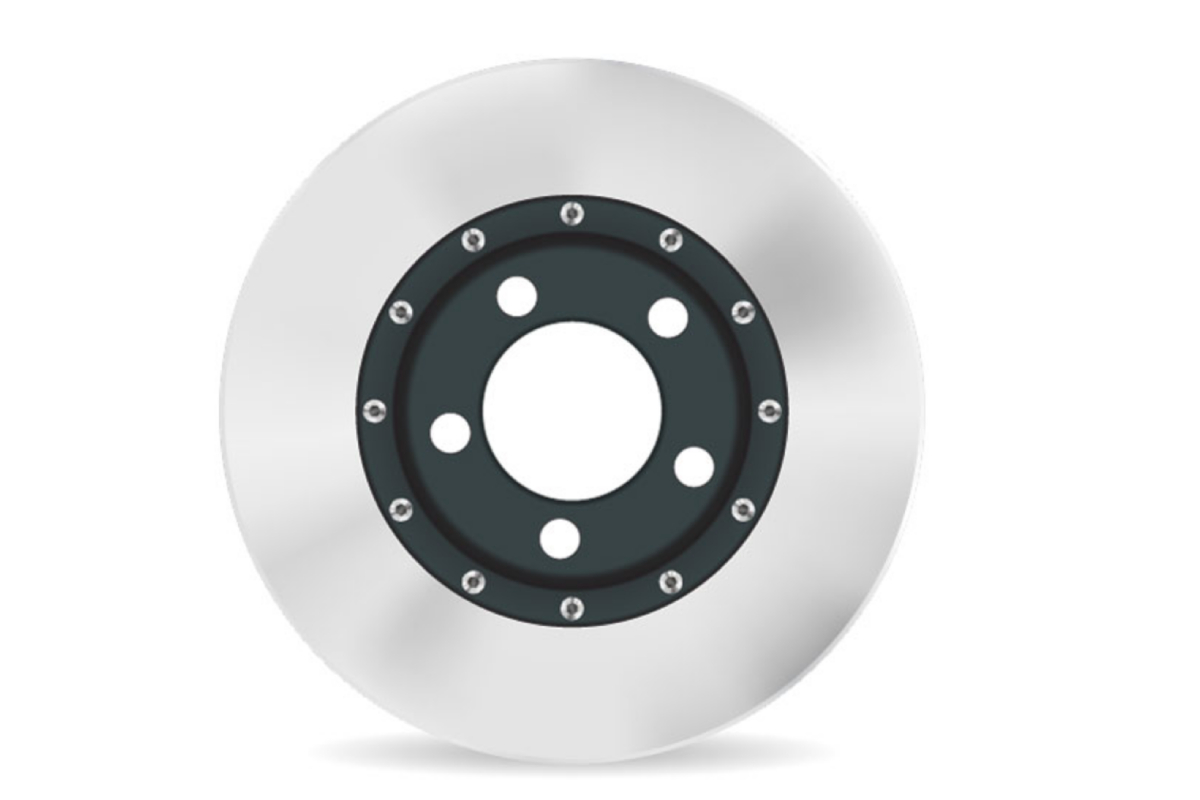
Blank and Smooth: Blank and smooth brake rotors are the most common type for passenger vehicles, like standard sedans. This type of rotor features a smooth, blank metal surface all the way around making it both simplistic and affordable. These brake rotors are typically made from cast iron and can absorb an average amount of heat. That being said, they perform reliably under normal driving conditions like daily commutes. This type of rotor is not ideal for aggressive driving and excessive braking, because those actions generate a ton more heat. They are also more likely to rust without a finish; and without one, these “plain” rotors just don’t look that attractive to begin with.
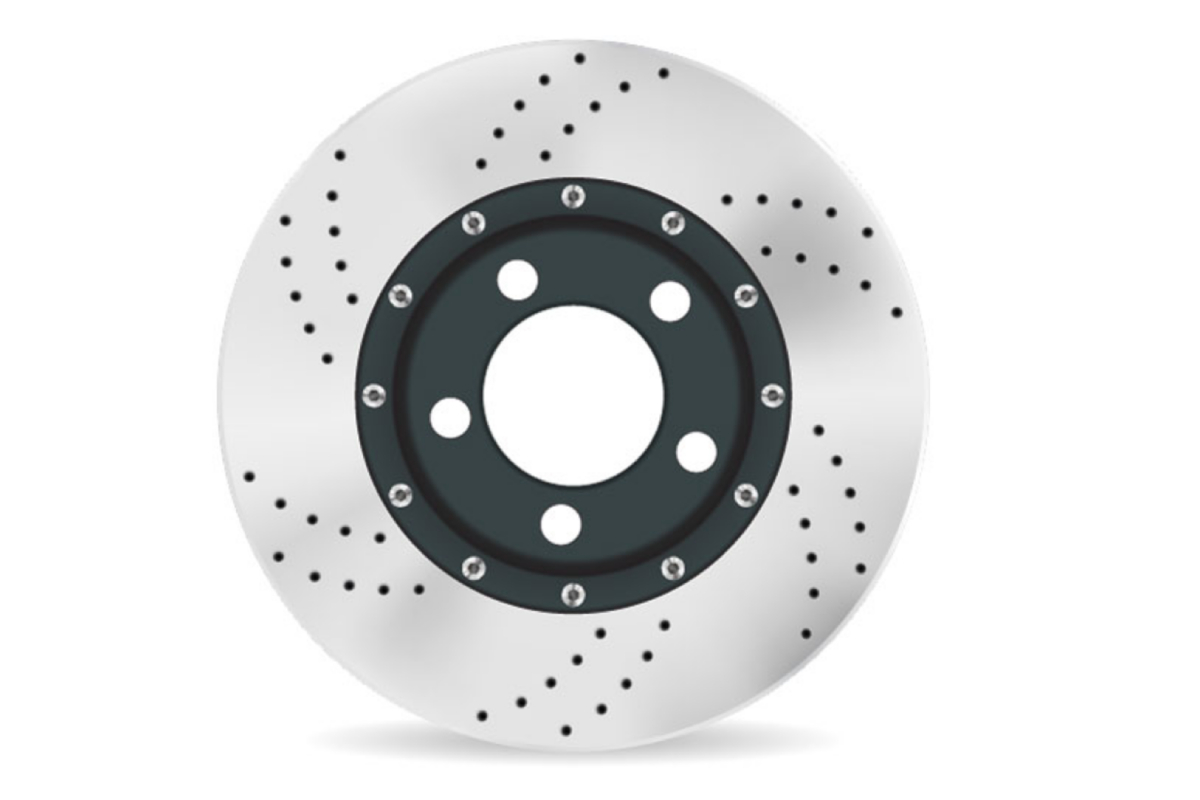
Drilled: Drilled rotors have a series of holes drilled into them in a spiral pattern across their entire surface. These holes assist with heat dissipation and allow water and dust particles to escape without clogging or damaging your vehicle’s braking system. Drilled rotors are, therefore, preferred by drivers who live in wet climates as this type greatly assists with braking in inclement weather. With that, drilled rotors do not last as long under high heat conditions and are prone to cracking so they are not typically used in racing vehicles. They are, however, fine for general use in street (performance) vehicles. In terms of looks, they certainly are more visually appealing than the plain type mentioned above.
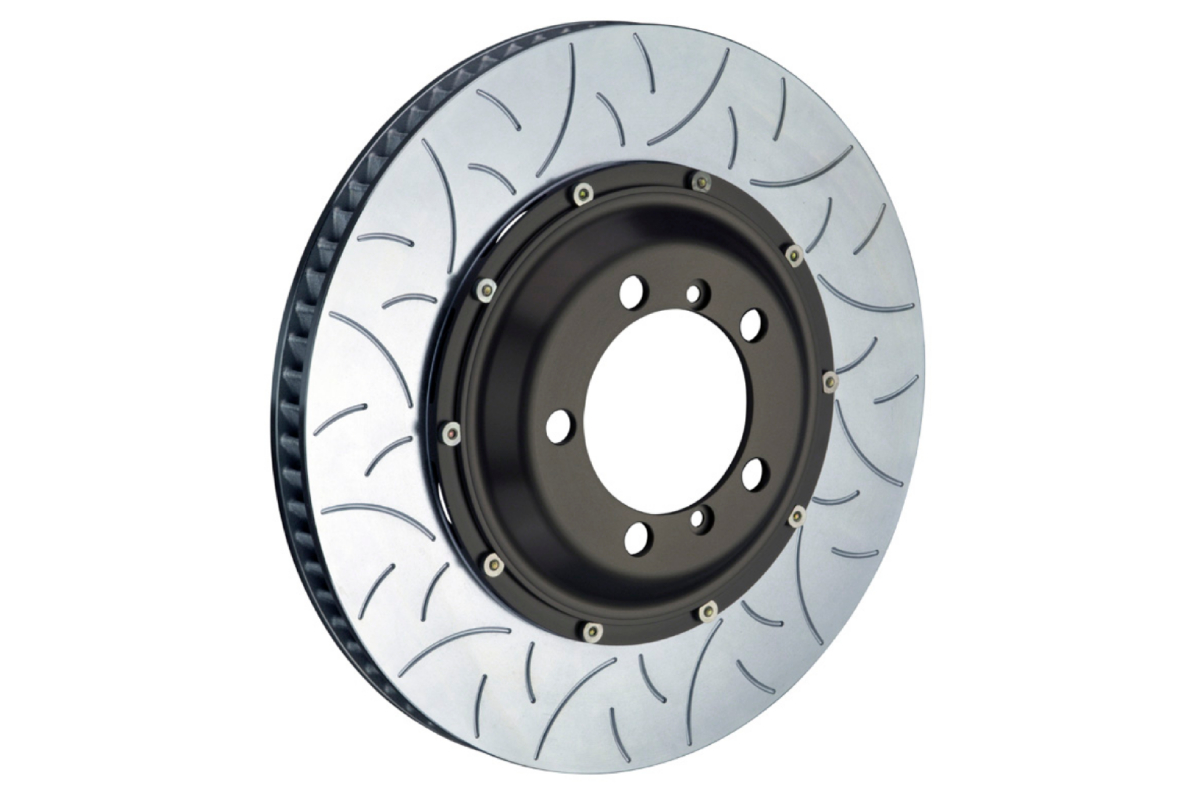
Slotted: Slotted brake rotors have slots instead of holes in the surface. These special slots are positioned all around the exterior and draw in extra air between the rotor surfaces and the brake pads. The result? The rotors experience much better cooling and heat dissipation with less debris collection over time. They allow gas and dust to escape more efficiently and also provide greater crack resistance. Like drilled rotors, the slots are a big upgrade (performance-wise) from the pain model and look better too. Even so, slotted rotors do not last as long as other types and can wear down your vehicle’s brake pads more quickly too. Slotted brake rotors are often used with heavy-duty trucks and SUVs, helping to improve these larger and heavier vehicles’ stopping power – especially when towing or hauling.
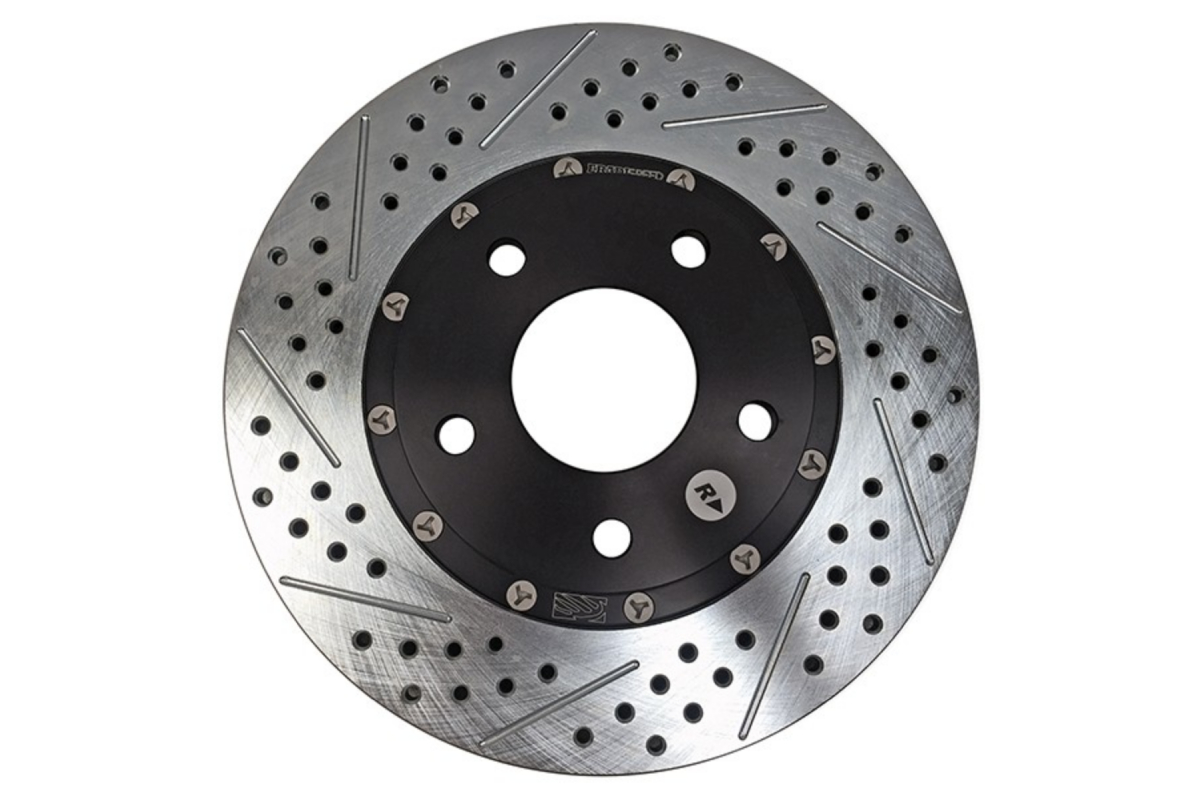
Drilled and Slotted: Drilled and slotted rotors combine the benefits of each respective type in one high-performance brake rotor. This type boasts great heat dissipation and debris removal with drilled holes and slots set in spiral patterns all around the surface of the rotor. These brake rotors are mainly used by performance vehicles like sports cars. That’s because such vehicles heavily rely on top-tier cooling and heat dispersion in order to achieve their high-performance feats. They also work particularly well for towing vehicles and cars that carry heavy loads. Drilled and slotted rotors are specifically designed to improve braking at high speeds, especially during racing and track days. However, the lifespan for this type of rotor can be short with some cracking becoming common with heavy use.


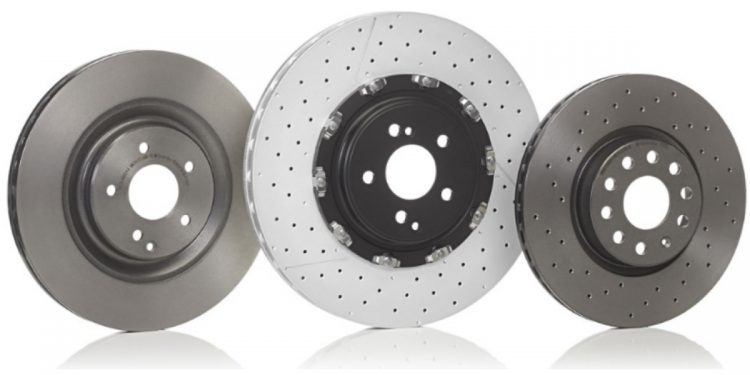


Comments 1